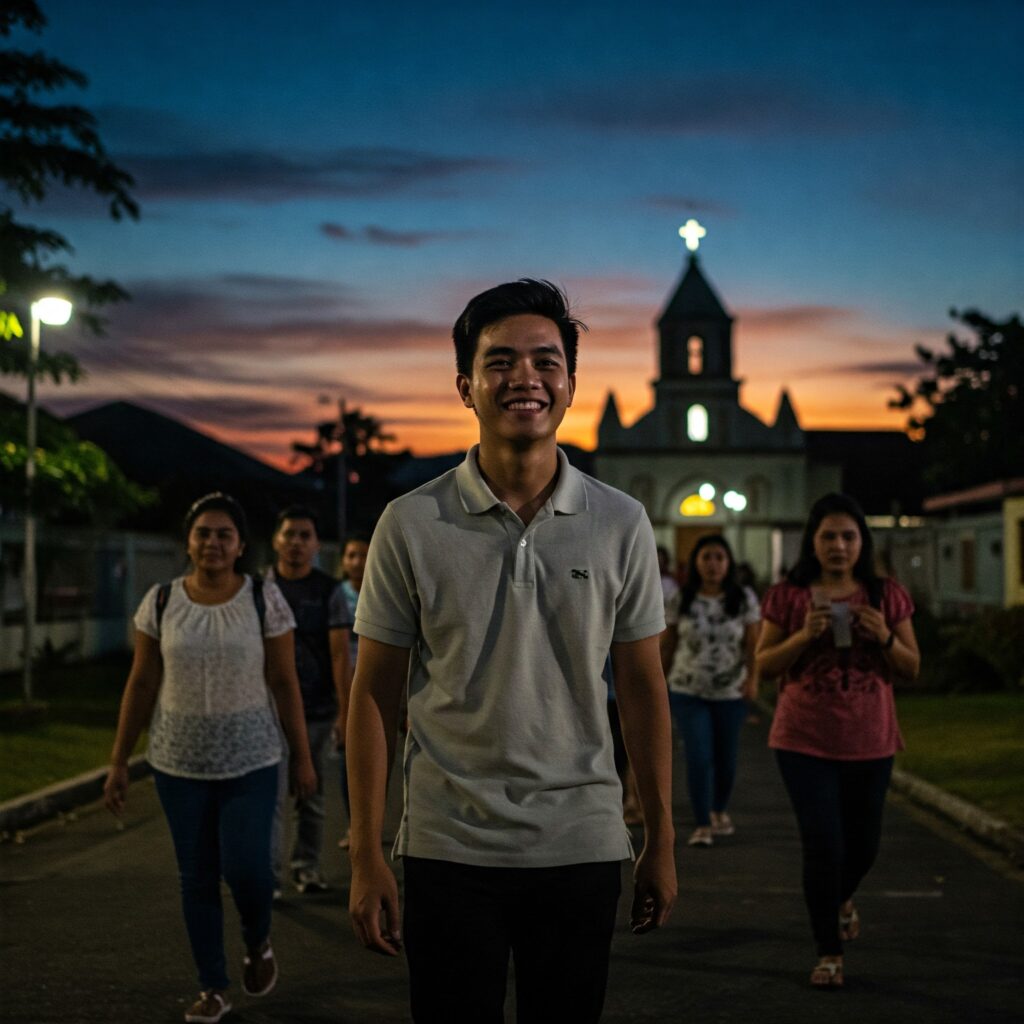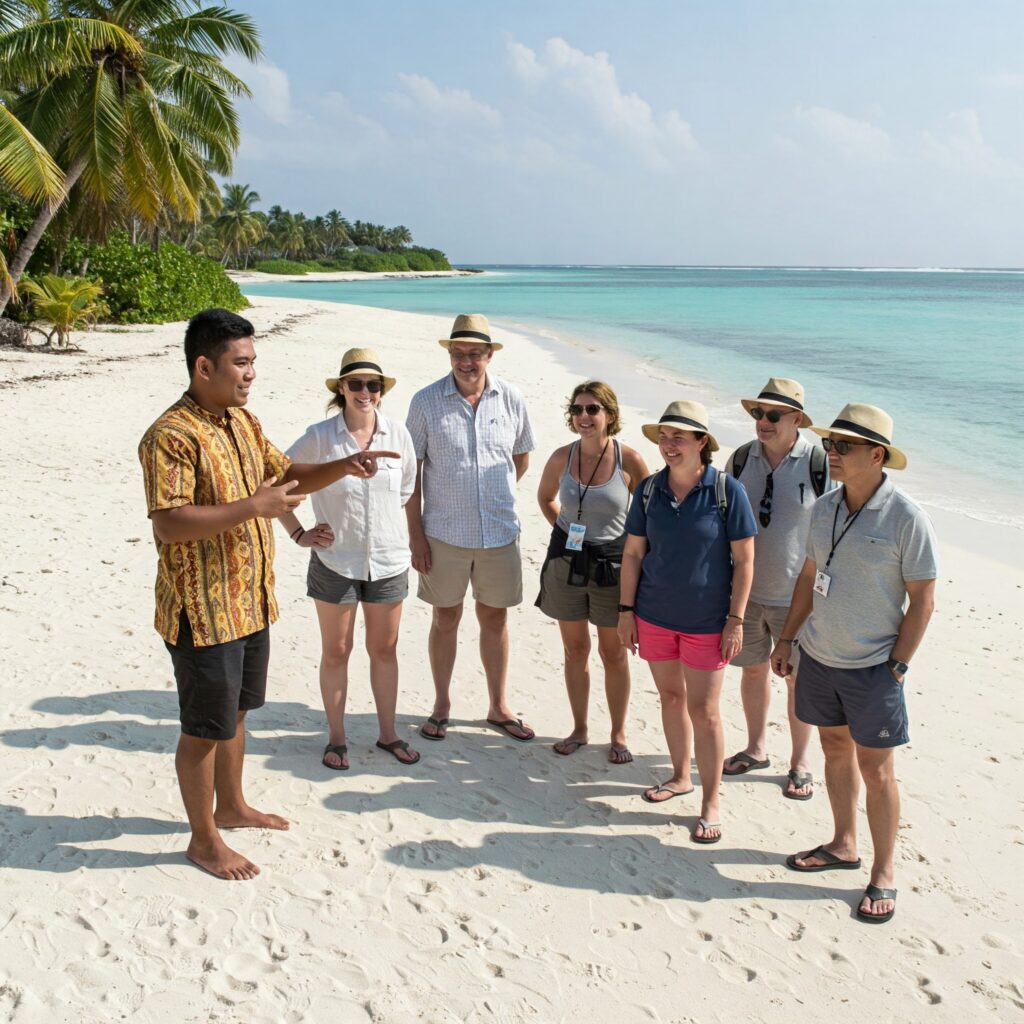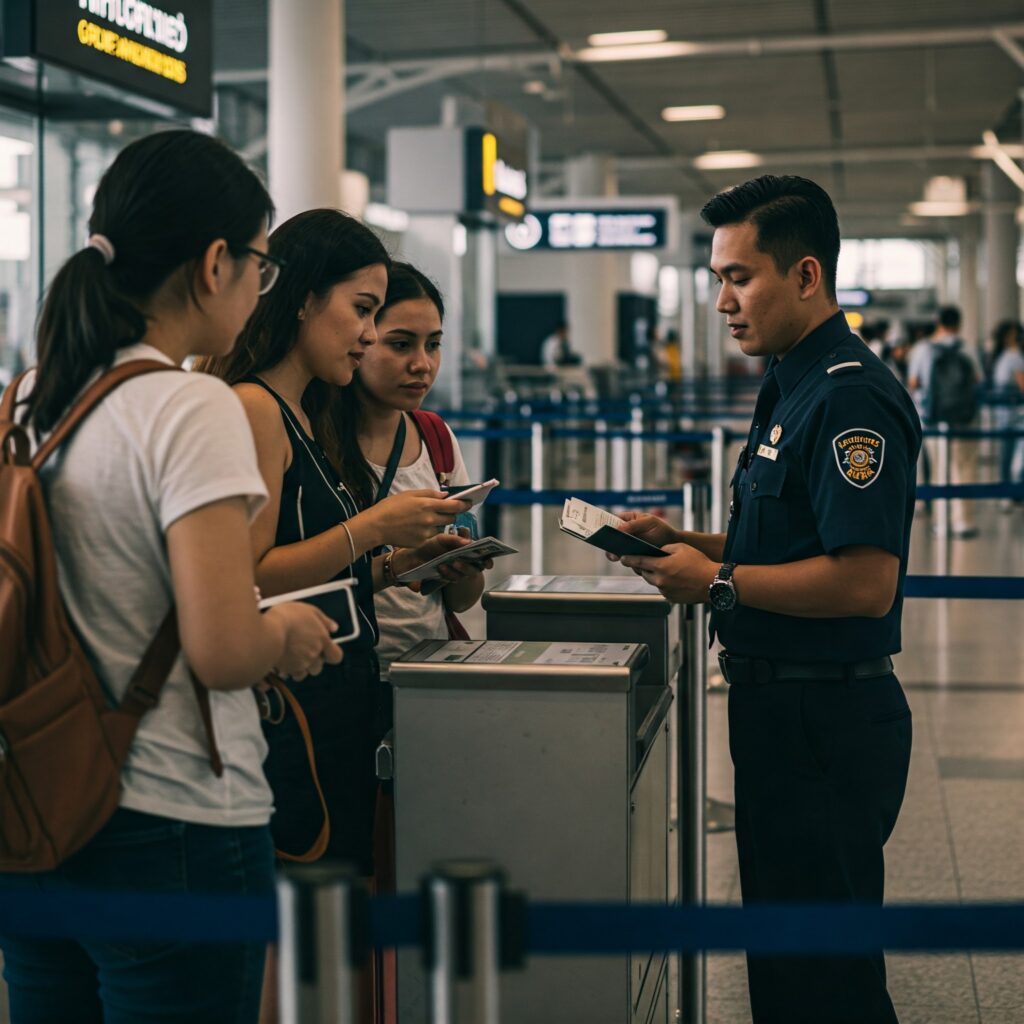Christmas in the Philippines is not just a holiday — it’s a season, a feeling, and, most importantly, a celebration of faith. One of the most cherished and iconic Filipino Christmas traditions is Simbang Gabi (or “Night Mass”), a novena of nine dawn masses that lead up to Christmas Day. But Simbang Gabi is so much more than just a series of early-morning church services. Let’s dive into its history, cultural significance, and the unique Filipino experience it offers. Oh, and don’t worry, we’ll keep it fun and easy to digest (just like your post-Simbang Gabi bibingka!).
What is Simbang Gabi?
A quick crash course: Simbang Gabi is a centuries-old Filipino Catholic tradition, celebrated from December 16th to 24th. The masses are held in the wee hours of the morning, typically at 4:00 AM. Devotees wake up, grab their lanterns (parols), and shuffle to their local church in the chilly pre-dawn air. It’s a test of faith, commitment, and… your alarm clock’s snooze button.
Simbang Gabi culminates in the Misa de Gallo (“Rooster’s Mass”) on Christmas Eve, marking the birth of Jesus Christ. It’s both a spiritual preparation and a communal celebration that unites families and communities during the most festive time of the year.
A Little History: How Did Simbang Gabi Begin?
To understand the roots of Simbang Gabi, we need to take a quick journey back to 1669 during the Spanish colonization of the Philippines. Catholic missionaries introduced the practice as a way for farmers to attend Mass before heading to the fields at the break of dawn. Morning masses were a practical solution to avoid the oppressive heat of the tropics, making it easier for the working class to participate.
Over time, this tradition evolved into a spiritual preparation for Christmas, deeply rooted in the Filipino values of faith, family, and community. It’s like a 17th-century mash-up of religious devotion and clever scheduling.
| Key Historical Milestones of Simbang Gabi | Details |
|---|---|
| 1669 | Spanish friars start dawn masses for farmers. |
| 19th Century | Introduction of colorful parols as church decor. |
| Post-War Era | Expansion of Simbang Gabi to urban areas. |
| Modern Day | Celebrated globally by Filipino communities. |
(Source: National Historical Commission of the Philippines)
Why is Simbang Gabi So Important?
The importance of Simbang Gabi lies in its spiritual, cultural, and social significance. It’s more than just an excuse to eat bibingka and puto bumbong (although we’ll get to that delicious part soon). Here’s why it matters:
1. A Test of Faith and Sacrifice
Waking up at 3:00 AM for nine consecutive mornings is no small feat. Simbang Gabi is a powerful symbol of sacrifice, much like fasting or giving up chocolate for Lent (but a lot harder if you’re not a morning person).
2. A Celebration of Community
Each dawn mass brings together families, neighbors, and friends in a beautiful show of unity. Churches light up with colorful parols, and the sense of shared purpose is palpable. There’s nothing quite like greeting sleepy-eyed acquaintances with a cheerful “Merry Christmas” at 4:00 AM.
3. A Platform for Filipino Creativity
The iconic parol (Christmas lantern) is a staple of Simbang Gabi. These colorful lanterns symbolize the Star of Bethlehem and come in all shapes, sizes, and designs — from simple paper stars to elaborate LED masterpieces that can probably run a YouTube channel.
What Happens During Simbang Gabi?
Let’s break it down, shall we?
The Preparation
- People prepare by setting their alarms (and backup alarms). Some even stay up all night to avoid oversleeping.
- Families don their best pambahay or cozy hoodies because, yes, it’s surprisingly chilly in December mornings.
The Mass Itself
- Mass begins with beautiful hymns and often features choirs showcasing traditional Christmas carols.
- The priest delivers a homily that reflects on the nativity story, hope, and gratitude.
- Parols light up the church, creating a warm and festive ambiance.
The Aftermath (a.k.a. The Reward)
Once Mass concludes, you’re greeted by the heavenly smell of freshly cooked bibingka (rice cake) and puto bumbong (purple sticky rice delicacy). Vendors set up outside the church, and people gather to share breakfast, laughter, and memories.
| Popular Simbang Gabi Treats | Description |
|---|---|
| Bibingka | Soft, fluffy rice cake cooked in clay pots and topped with salted egg. |
| Puto Bumbong | Purple rice delicacy steamed in bamboo tubes and topped with coconut. |
| Tsokolate | Hot chocolate made from cacao, perfect for chilly mornings. |
| Salabat | Ginger tea, a comforting and warming drink. |
Simbang Gabi Around the World
Filipinos are everywhere, and so is Simbang Gabi! Overseas Filipino communities have brought this tradition to various countries, from the United States to the Middle East.
Adapting to Time Zones
In places where dawn masses are impractical (like snowy Canada), Simbang Gabi is sometimes held in the evenings. Same faith, same spirit, just a different time slot.
A Global Celebration
Churches worldwide have embraced Simbang Gabi, often incorporating local customs and flavors. For example, some parishes in the U.S. serve hot cocoa and doughnuts alongside bibingka.
Fun Facts About Simbang Gabi
- Attendance Perks: Completing all nine masses is said to grant you a special wish. (So yes, it’s worth the extra coffee!)
- Longest Christmas Season: The Philippines has the longest Christmas season in the world, and Simbang Gabi is one of its highlights.
- Instagram-Worthy Parols: The Lantern Festival in San Fernando, Pampanga, elevates the parol to an art form, attracting tourists and locals alike.
How to Prepare for Simbang Gabi (Without Losing Your Mind)
1. Plan Your Sleep
Let’s be real: waking up at 3:00 AM for nine days straight requires strategic napping. If you’re not a morning person, try going to bed earlier or indulging in a quick power nap after Mass.
2. Dress Comfortably
December mornings can be cold, so layer up! Bring a scarf, jacket, or even a travel blanket (just don’t fall asleep in the pews).
3. Embrace the Treats
Reward yourself with bibingka or puto bumbong after Mass. You’ve earned it!
4. Go With Friends or Family
There’s strength in numbers. Attending Simbang Gabi with your loved ones makes the experience more meaningful and… less tempting to skip.
Why You Should Try Simbang Gabi
Even if you’re not a regular churchgoer, Simbang Gabi is a uniquely Filipino experience worth trying. It’s a beautiful blend of faith, culture, and community that captures the essence of Christmas. Plus, where else can you find a celebration that involves waking up before sunrise AND eating dessert for breakfast?
So set that alarm, grab a parol, and get ready to embrace the magic of Simbang Gabi. Just don’t forget the bibingka on your way out!
Disclaimer: While we’ve made every effort to ensure the accuracy of this article, traditions and practices may vary by region or community. Please report any inaccuracies so we can correct them promptly.




